Two Circuit Shed Wiring
TXTroy
12 years ago
Related Stories

LIGHTING10 Ways With Wall Lights That Don’t Need to Be Wired In
Learn how to add illumination to your home without carving into the walls
Full Story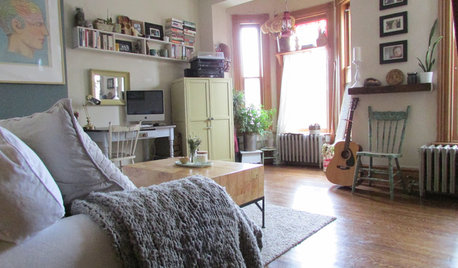
HOUZZ TOURSMy Houzz: Two Floors With a Daycare in a Toronto Victorian
Custom carpentry and an eye for antiques turn a rental apartment into a home that's like a hug
Full Story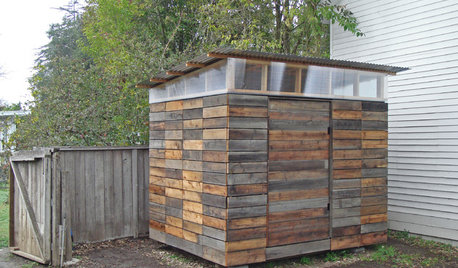
STORAGE2 Weeks + $2,000 = 1 Savvy Storage Shed
This homeowner took backyard storage and modern style into his own hands, building a shed with reclaimed redwood and ingenuity
Full Story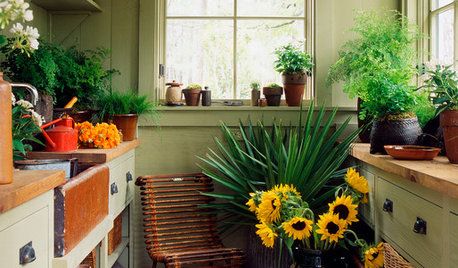
OUTBUILDINGS10 Favorite Shed Features for Comfort and Joy
Make your backyard shed cozier, prettier or more functional with these appealing elements
Full Story
MOST POPULARHow to Add a Backyard Shed for Storage or Living
Need a home office, a playspace or extra room for your stuff? Learn about off-the-shelf, prefab and custom sheds
Full Story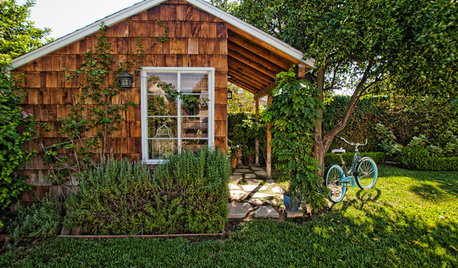
BACKYARD IDEAS7 Backyard Sheds Built With Love
The Hardworking Home: Says one homeowner and shed builder, ‘I am amazed at the peace and joy I feel when working in my garden shed’
Full Story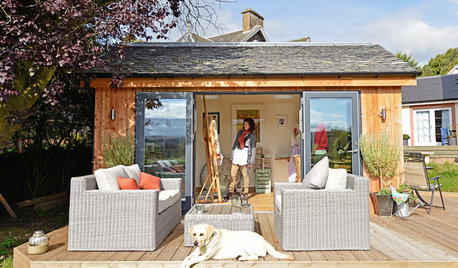
MOST POPULAR11 Nominees for the ‘She Shed’ Hall of Fame
These special sanctuaries let busy women get away from it all without leaving the backyard
Full Story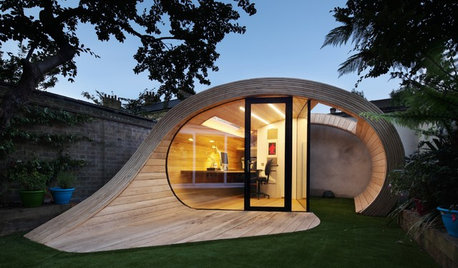
OUTBUILDINGSWorld of Design: 11 Inspiring Sheds From Santa Barbara to Stockholm
Outbuildings from around the world show how sheds and cottages set the scene for everything from baking in a sauna to beekeeping
Full Story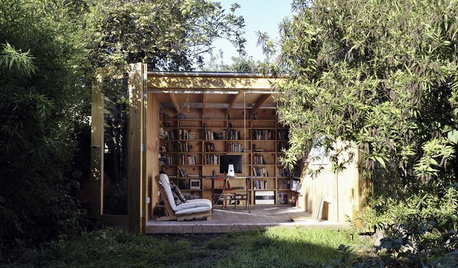
MORE ROOMSHouzz Tour: Shed-Turned-Office in a London Garden
Working and being outdoors aren't mutually exclusive for a U.K. couple — they built an office space amid the greenery of their backyard
Full Story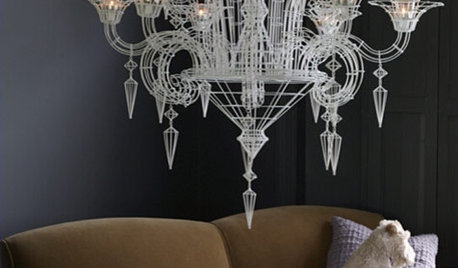
LIGHTING10 Chandeliers for People Who Don't Like Chandeliers
Get all the chandelier benefits without channeling Liberace, thanks to wood, paper, wire — and even a surprising old-fashioned staple
Full StorySponsored
Professional Remodelers in Franklin County Specializing Kitchen & Bath
More Discussions







kurto
TXTroyOriginal Author
Related Professionals
Hammond General Contractors · Leavenworth General Contractors · Melville General Contractors · Muskogee General Contractors · Overlea General Contractors · Pocatello General Contractors · Saint Paul General Contractors · Solon General Contractors · View Park-Windsor Hills General Contractors · Westerly General Contractors · Glen Ellyn Solar Energy Systems · Rehoboth Solar Energy Systems · Richmond Solar Energy Systems · Oak Lawn Home Automation & Home Media · Port Washington Home Automation & Home Mediasaltcedar
brickeyee
TXTroyOriginal Author
kurto
TXTroyOriginal Author
hendricus
kurto
brickeyee
TXTroyOriginal Author
hendricus
hendricus
TXTroyOriginal Author
normel